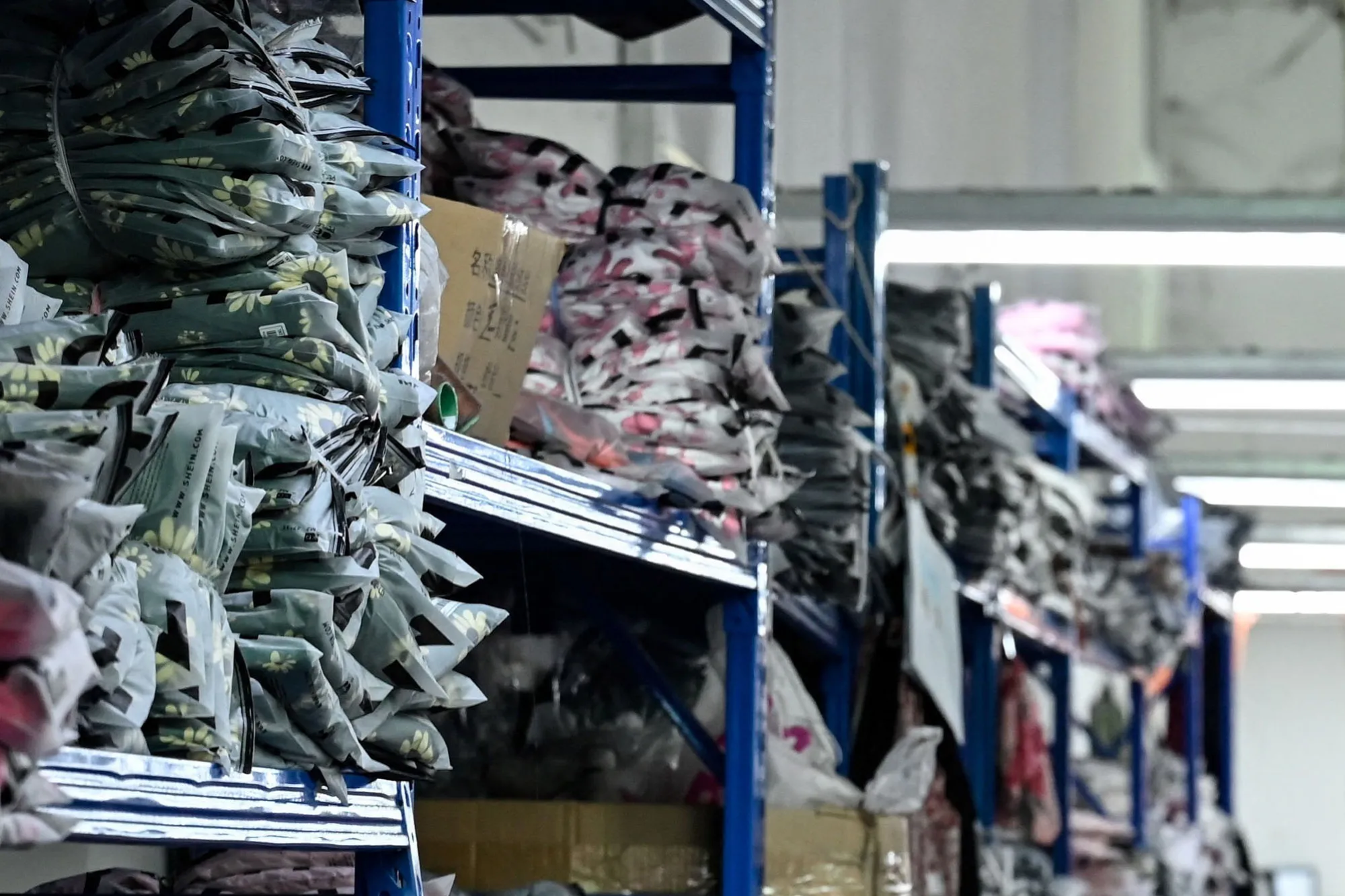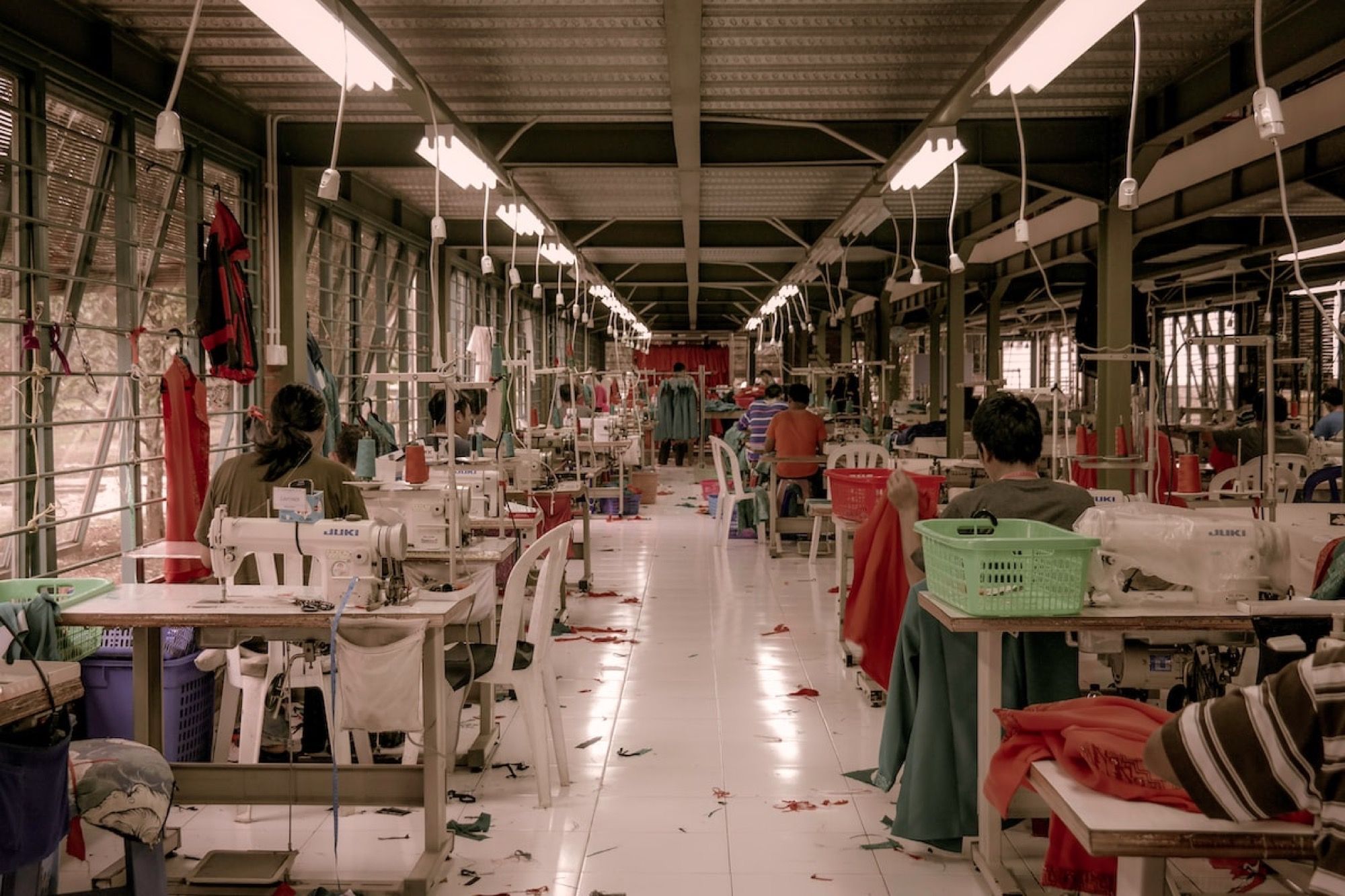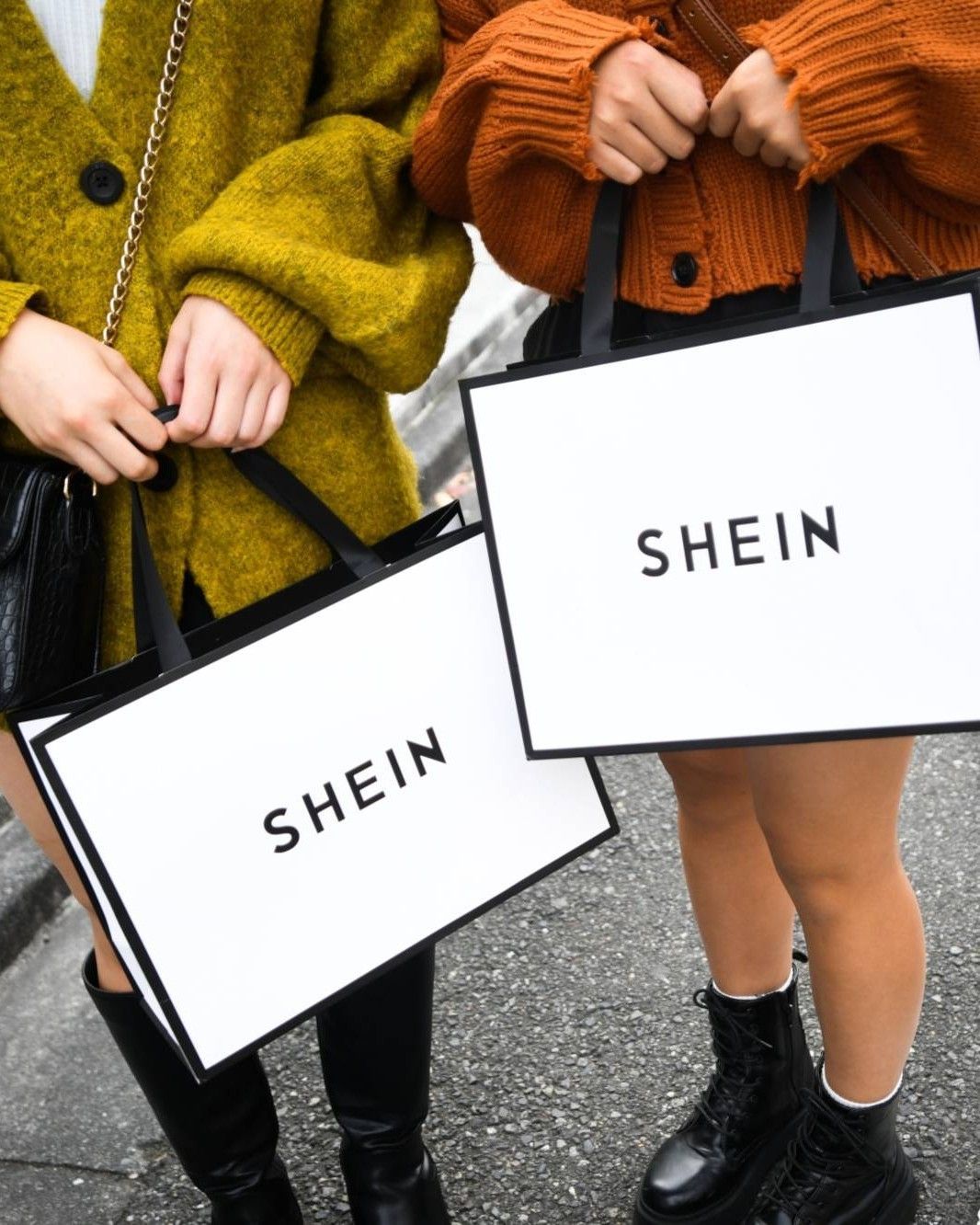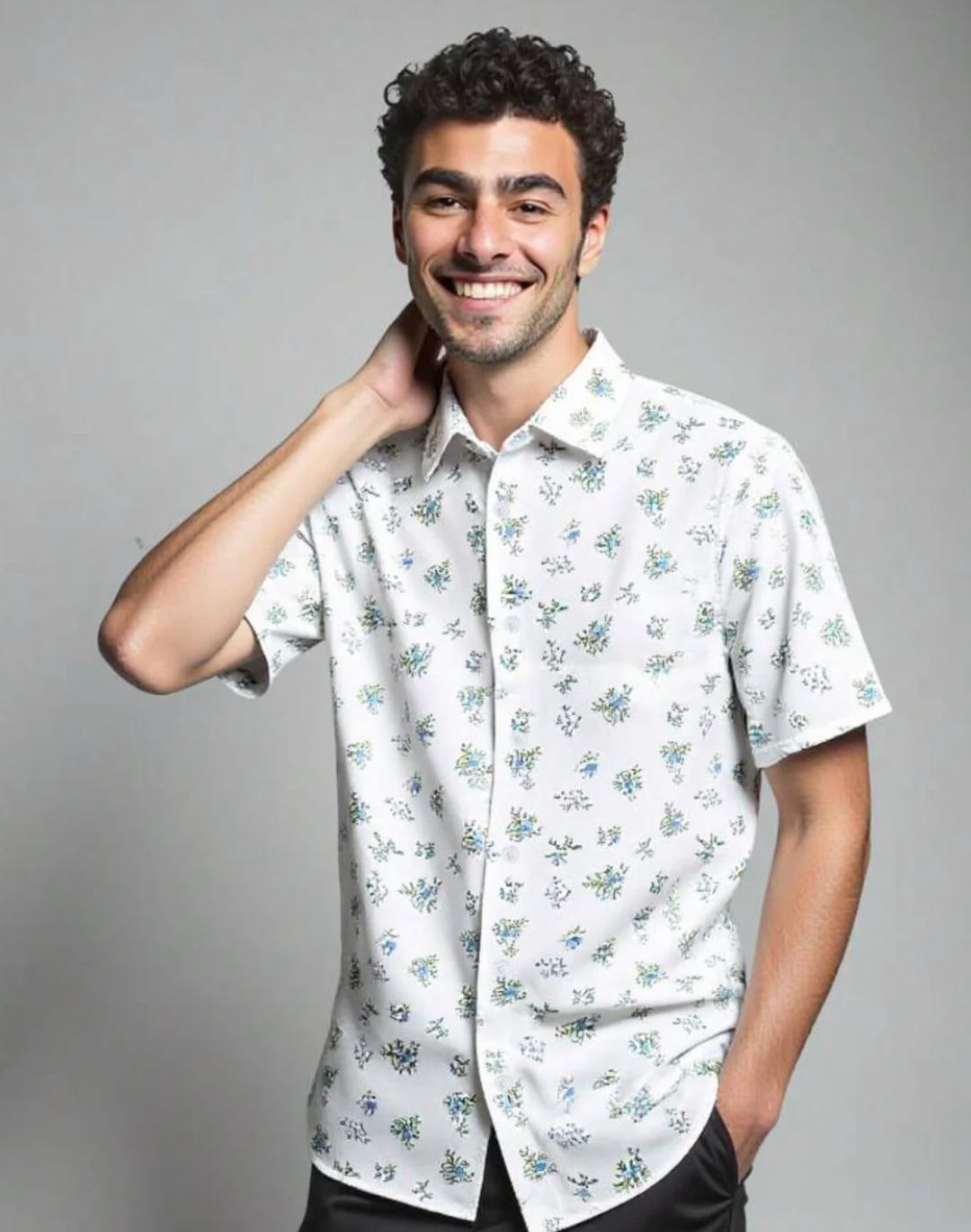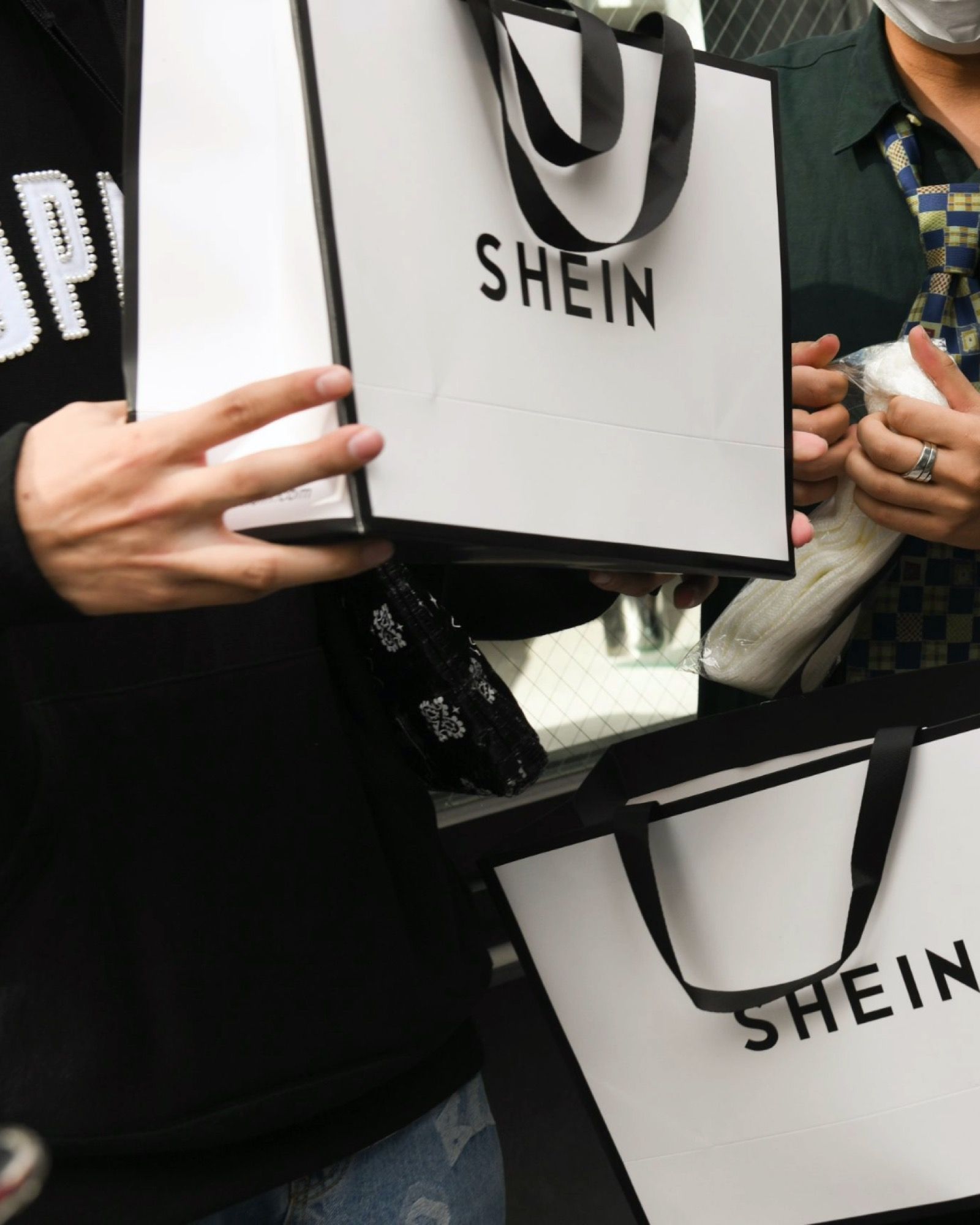
Can Shein change for the better? The ultra-fast fashion giant wants to increase its social responsibility
Can ultra-fast fashion company Shein really change for the better? The company's revenues are impressive: last year, it reached an income of $22.7 billion, with a goal to double that by 2025. Environmentalists, however, despite increasing competition in this sector with the emergence of competitors like Temu, consider Shein to be guilty for the mountains of textile waste in the world. According to the Or Foundation, one of the largest destinations for textile waste is located at the Kantamanto market in Accra, Ghana, receiving a staggering 15 million new garments every week. 40% of these items end up unsold, and they are either burned in the city or even dumped into the sea, contributing to microplastic pollution. According to what is also reported in this article written by The Business of Fashion, in an interview, Peter Pernot-Day, Shein's Head of Communications, talked about how the company founded by Chris Xu is working intensively to reduce waste. He claimed that Shein has significantly reduced unsold merchandise waste. Its unsold inventory it's around 1%, whereas in the fashion industry in general, it's around 25-40%.
But how did they achieve this goal? They did it through the introduction of a direct-to-consumer model within the company, which involves producing items in small batches of 100-200 pieces and using digital technologies to analyze consumer preferences before increasing the production of specific popular products. Additionally, Shein has aimed to introduce a circular supply chain (a project slated for completion by 2050). How do they plan to do this? By collaborating with the American technology company Queen of Raw, which aims to recover excess fabrics from brands and retailers for use in the supply chain of the brands they are working with. Furthermore, Shein wants to produce more products using recycled fabrics.
Pernot-Day has stated that the Evolushein program focuses on a more sustainable production, with products consisting of at least 30% recycled materials or materials from suppliers who adhere to social standards. Shein intends to raise this standard from 30% to 50% in the coming years. Pernot-Day's clarifications don't end there; he also mentioned that waste reduction at Shein includes a feature on their website that allows users to exchange or sell items. Although this option is currently only available in the United States, Shein plans to expand it to other countries in the coming years. But that's not all. In response to criticisms about the environmental impact of garments ending up in landfills worldwide, Shein established an Extended Producer Responsibility (EPR) fund last year, to which the company will allocate $50 million in the coming years.
However, dissenters of Shein remain numerous. Among them is Liv Simpliciano, Head of Policy and Research at Fashion Revolution, who gave Shein a score of 7 out of 100 in her annual transparency index for the 2023 fashion system. She emphasized that this new Shein business model could lead to unpredictable order volumes, which would burden the supply chain, a significant concern given the considerable pressure on workers to meet production quotas. Simpliciano also stated that reducing production waste is not sufficient: it's not enough to use surplus fabrics from other fashion brands; what's needed is the introduction of a program aimed at reducing the use of virgin materials. When it comes to the topic of Shein, it is always reasonable to approach it with a healthy dose of skepticism. The reputation it has built in its early years certainly does not make us optimistic about its future projects. However, we would be ready to prove ourselves wrong if this revolution becomes a reality.















































